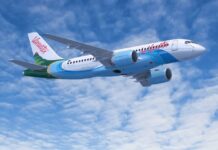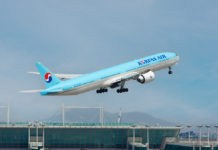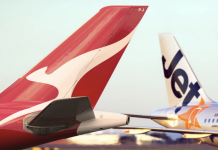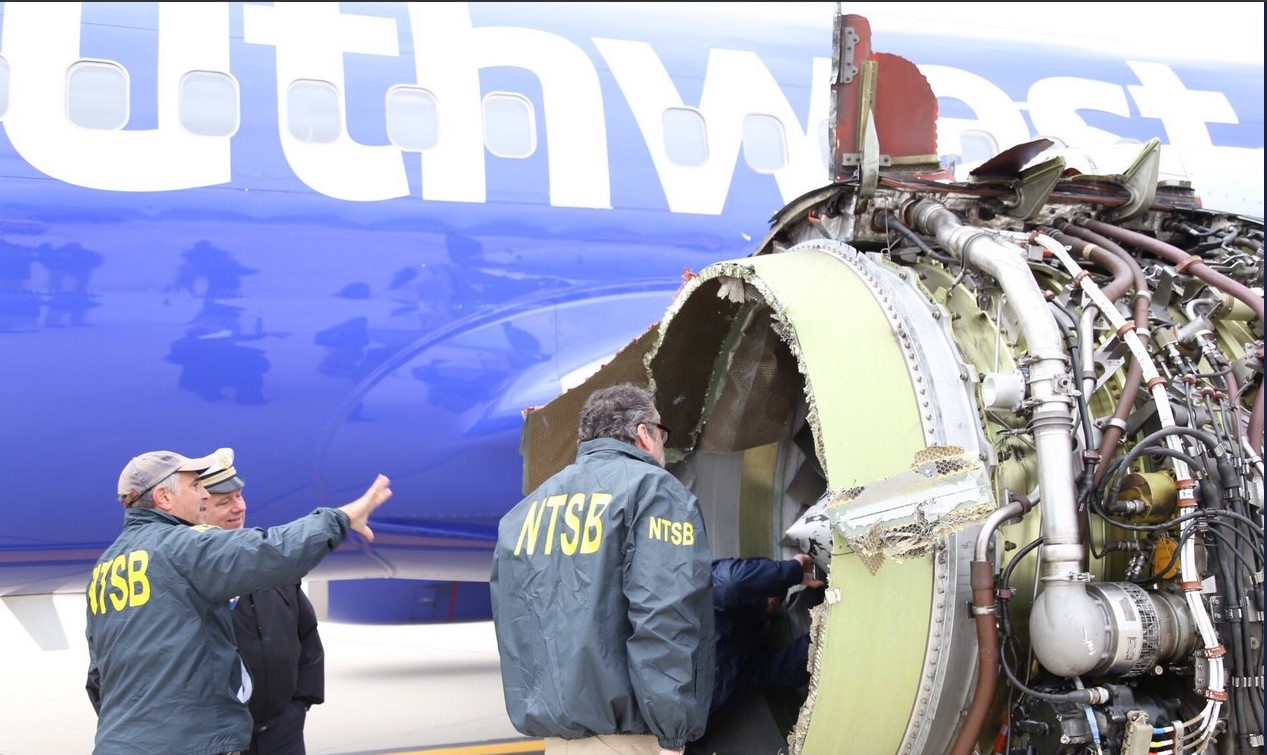Boeing says it is working on design changes to thousands of Boeing 737NG planes to improve their ability to withstand a fan blade failure similar to the one that led to a bizarre 2018 death on a Southwest Airlines flight.
The latest hit to the embattled manufacturer came as the National Transportation Safety Board issued seven recommendations from its investigation into the tragic event, which ended Southwest’s 47-year fatality-free record.
A 43-year-old mother of two died when she was partially sucked out of a window on Southwest flight 1380 as it traveled from New York’s La Guardia airport to Love Field in Dallas.
READ: American, Southwest extend MAX absence until March.
The Boeing 737-700, with 149 passengers and crew on board, made an emergency landing in Philadelphia.
The NTSB found a fractured fan blade from a CFM International CFM-56-7B engine led to the engine inlet and fan cowl separating.
Fan cowl fragments hit the aircraft’s fuselage near a cabin window, causing the window to blow out and resulting in a rapid cabin depressurization.
The NTSB said the fan blade, which fractured due to a fatigue crack, hit the engine fan case at “a location that was critical to the structural integrity and performance of the fan cowl structure”.
Its recommendations addressed the need to ensure the structural integrity of the fan cowl on Boeing 737NGs and assess whether other airframe and engine combinations have critical fan blade impact locations.
The recommendations also looked at the importance of having flight attendants secured in a jumpseat during emergency landings and guidance for mitigating hazards to passengers affected by an in-flight loss of seating.
“This accident demonstrates that a fan blade can fail and release differently than that observed during engine certification testing and accounted for in airframe structural analyses,” said NTSB Chairman Robert Sumwalt.
“It is important to go beyond routine examination of fan blades; the structural integrity of the engine nacelle components for various airframe and engine combinations needs to be ensured.”
Boeing said it was supporting manufacturers’ recommendations for fan blade inspections and it was introducing enhancements for inlet and fan cowl designs to enhance their ability to withstand a fan blade failure.
It was also boosting the “overall capability of these structures”.
“All 737 NGs are safe to continue operating normally as the issue is completely mitigated by the fan blade inspections,’’ it said.
“In addition, Boeing is working on the design enhancements to fully address the safety recommendation from the NTSB.
Boeing said the design change would be implemented in the existing NG fleet over the longer term.
























